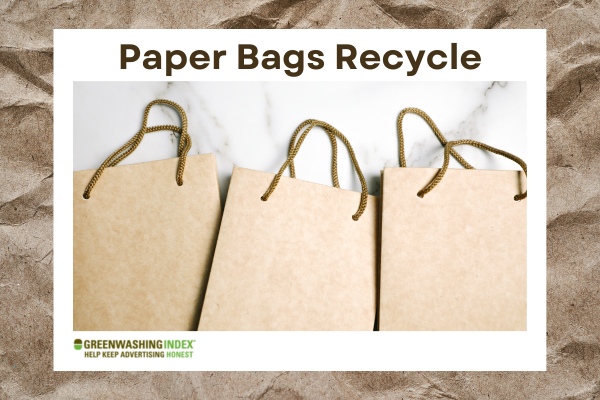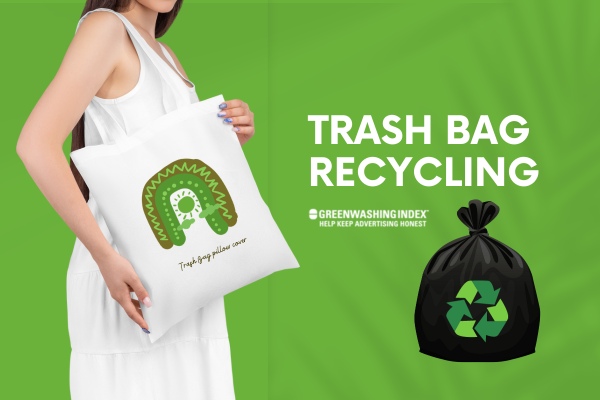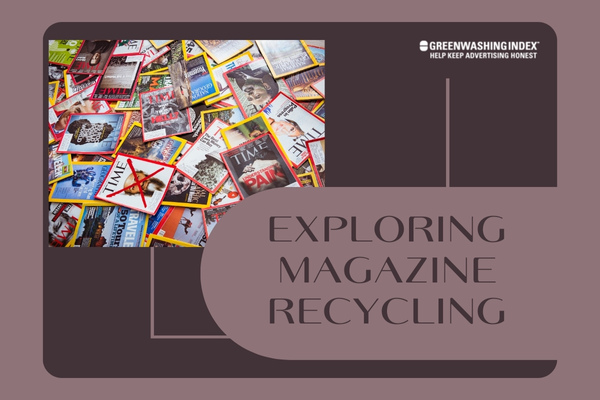Have you recently grabbed a paper bag from your local coffee shop or grocery store and wondered about its journey after you tossed it in the recycling bin? We’re peeling back the layers of what makes paper bag recycling practices so vital for our planet.
With sustainability at the forefront of everyone’s minds, it’s more important now, than ever, to enlighten ourselves about eco-friendly alternatives and waste-reduction strategies. By understanding this, we can significantly contribute to a greener future—one paper bag at a time.
Are paper bags recyclable? Absolutely! When it comes to sustainable packaging and cutting down on environmental impact, paper bags recycle steps up as a champion.
Unlike their plastic counterparts, paper bags are made from a renewable resource and can usually go through the recycling process multiple times before reaching the end of their life cycle. This makes them stalwarts in our daily battle against waste and an ally in preserving natural resources.
What You’ll Discover Here
- Insights into paper bag recycling
- The nuts and bolts of packaging sustainability
- Handy tips for eco-friendly alternatives
- Real-deal on recycling benefits and challenges
Exploring the Recyclability of Paper Bags
When I stop to think about the ins and outs of paper bag recycling, a few things immediately spring to mind. It’s a topic that seems straightforward on the surface but has a lot more layers once you start peeling them back.
The journey from the cradle to the grave for these everyday items is fascinating and holds immense importance for our environment. So, let’s roll up our sleeves and dive into understanding what recyclability really means and how those humble paper bags are given new leases of life.
What Constitutes Recyclability?
First things first, let’s talk about what being recyclable entails. Being “recyclable” means an item can be processed and repurposed into either the same product or new products after its initial use has ended – kind of a revival moment for materials if you think about it! But why does this matter? Well:
- Reduces landfill waste: Each paper bag recycled is one less taking up space in landfills.
- Conserves natural resources: It curtails the need to cut down more trees since we’re reusing materials.
- Lower pollution levels: Recycling often requires less energy compared to producing new products from raw materials, hence less air and water pollution.
Whenever I make choices as a consumer, these factors weigh heavy on my mind because I know the far-reaching impact they have on Mother Earth’s well-being.
The Process of Paper Bags Recycle
All right then! So, how do these paper bags get recycled? Trust me; it’s simpler than trying to fold a map back right the first time around. Here’s how it typically goes down:
- Collection & Transportation: It all begins with collecting used paper bags from various sources like homes, businesses, or recycling centers.
- Sorting: Once at a recycling facility, they’re sorted out because not all paper is created equal!
- Cleaning: The next step involves removing any contaminants such as food residues or adhesives because nobody wants their fresh batch of recycled papers smelling like last week’s takeout pizza right?
- Pulping: The clean bags are then mashed into pulp by adding water and chemicals which break them down into fibers – think of it as giving those bags a second life spa treatment.
- De-Inking: Time to remove any printing dyes or other inks that involve washing and flotation (kinda like those old-school lava lamps).
- Refining & Bleaching: This step improves fiber quality while bleaching makes sure everything’s nice and bright – nobody likes dingy recycled notebooks!
- Rolling out New Products: Finally, pulp can be formed into fresh paper products including yes, more paper bags!
Stick with me here—understanding each knot in this process rope reinforces just why some might love certain glossy laminated bags (guilty!), while those aren’t particularly eco-star pupils since they complicate the recycling processes described above.
And there we have it folks—a whirlwind tour through recycling wonderland! Remember though, adopting eco-friendly alternatives isn’t just about feeling good today; it’s about carving out pathways towards sustainable habits for future generations who’ve got dibs on enjoying this planet too!
Factors Affecting the Recyclability of Paper Bags
When we dive into the world of recycling, we quickly learn that not all materials are created equal. The recyclability of paper bags, a staple in retail and grocery stores, hinges on several factors. Let’s break down these factors into chewable bites so you can understand just what goes into making a paper bag recycle-ready.
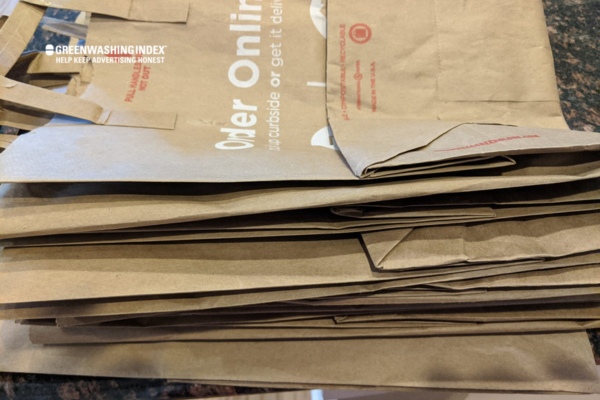
Quality of Paper Material Used
By paying attention to these basic traits: thickness, type, and cleanliness, you’re looking at your humble paper bag’s passport to rebirth.
- Thickness and Durability: The thickness and strength of paper influence whether it can withstand the recycling process. Thinner paper may tear easily, posing challenges during recycling.
- Type of Pulp: The source of pulp—be it virgin or recycled—helps determine how many times a paper bag can go through the recycling cycle without losing its integrity.
- Contaminants: When non-paper components like food residue or oil are present, they compromise the purity needed for successful recycling.
Remember:
- The higher the quality of the original paper material, the more likely it is that your old shopping companion can take another spin through the recycle loop.
- Recycled fiber has already lived one life but still has guts for another round—if kept clean and dry!
Printing Inks and Other Materials
Now let’s talk about what’s on your bag—not in some deep philosophical sense—but quite literally: inks and finishes.
- Soy-based Vs. Petroleum-based Inks: Soy-based inks kiss mother nature’s feet – they’re easier to remove during recycling. Petroleum-based pals? Not so eco-friendly.
- Lamination & Glossy Finishes: That shiny look might catch your eye but throw shades at recyclers by making deinking a tough task.
Here’s what you need to know to keep your fingers on the pulse:
- If recyclability’s king doesn’t invite glossy varnishes or metallic foils – they tend to be recycling party-poopers!
- Laminations could potentially be peeled off before recycling; however, this extra step often makes them less desirable for recyclers who crave straightforward processes.
By understanding how different printing methods and additional materials impact a paper bag’s ability to turn over a new leaf through recycling – well gosh-darnit – you’re already helping our planet!
Keep those eyes peeled for environmentally friendlier choices when picking out your next move with sustainable packaging options because every small step contributes towards giant leaps for packaging sustainability!
Benefits and Limitations of Recycling Paper Bags
As we dive into the universe of recycling, particularly for paper bags, we find ourselves entangled in a web of environmental, and economic implications and a few sticky challenges.
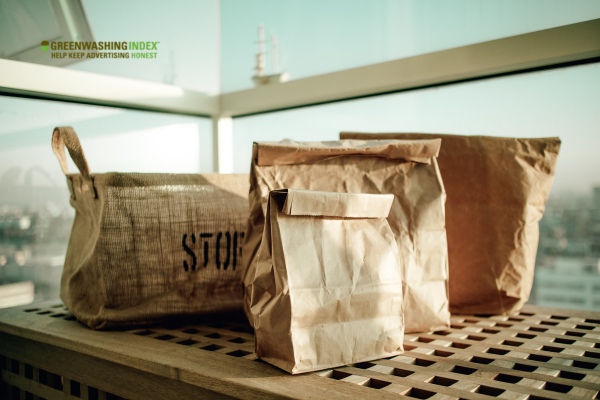
But here’s the lowdown: doing the recycling routine with our paper pals isn’t just good for Mother Earth; it has its perks and peccadillos for our wallets too.
Environmental Benefits
Let’s rap about why recycling these grocery totes is like high-fiving the environment:
- Conservation of Resources: Every time you recycle a paper bag, you’re giving trees a break. This means fewer forests getting the axe – quite literally – which is fantastic news for our leafy green friends and critters that call them home.
- Reduction in Pollution: Producing new bags from scratch is dirty work – it pollutes air and water big time. Recycled ones cut down this mess by using less energy and emitting fewer nasties into the atmosphere.
- Less Landfill Load: Picture this: a mountain of trashed bags as far as the eye can see. Not cool. Recycling keeps these outta landfills and gives ’em another shot at holding your apples.
- Sustainable Packaging Push: When companies see us recycling like champs, they’re more likely to jump on board with sustainable packaging options themselves. It’s peer pressure but make it eco-friendly.
Alright, now let’s switch gears.
Economic Implications
Cha-ching! We’ve got some dollar signs to consider when businesses switcheroo to recyclable packaging:
- Cost Savings Over Time: Sure, going green might seem pricey at first glance, but in the long haul, reusing materials can slash costs significantly.
- Job Creation: The world of recycling needs humans to sort, process, and manage operations – you name it! More demand equals more jobs sounds pretty sweet!
- Brand Image & Customer Appeal: Brands that embrace sustainability get love – lots of love from consumers keen on keeping Earth tidy which translates to loyal customers ready to drop some green.
Hold your horses though; we’re not outta the woods yet.
Limitations & Challenges
Recycling paper bags isn’t always rainbows & butterflies due to some hiccups:
- Contamination Nation: Pizza grease or last night’s fish ‘n chips remnants? Yup, that can taint an entire batch of recyclables so not everything makes the cut.
- Logistical Hurdles: Cities vary on how they want their recyclables handed over (some want ’em flat; others don’t fuss). It’s like each town has its secret handshake!
- Not All Bags Are Born Equal: Some sneaky bags have metal handles or are coated with stuff that makes ‘em difficult or nigh impossible for average Joe recycler systems to handle.
We’re talking about baby steps toward one colossal leap for mankind here—recycling ain’t perfect but it sure beats turning our blue marble into one big garbage patch!
Ways to Maximize Use and Recycling Of Paper Bags
Maximizing the use and recycling of paper bags is essential for environmental conservation. Not only does it involve reducing waste and saving resources, but it also requires a bit of creativity and community effort. Let’s dive into some practical ways we can make the most out of our paper bags.
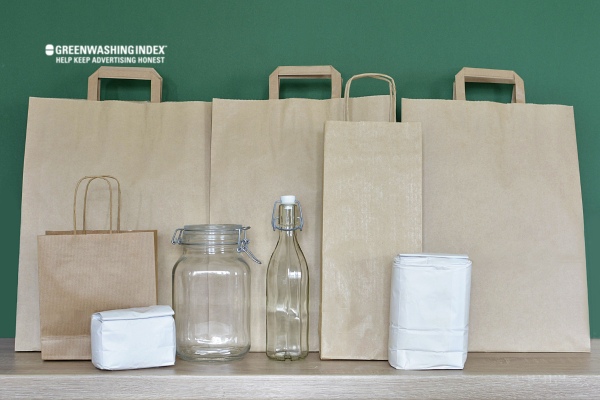
Reuse Alternatives
Before you toss that paper bag in the recycle bin, consider the various ways you might give it a new life. Here are some creative ideas:
- Gift Wrapping: Instead of buying new wrapping paper, which often has plastic lamination, use your plain or decorated paper bag as an eco-friendly alternative.
- Book Covers: Remember covering your textbooks in school? A sturdy paper bag is perfect for protecting books from wear and tear.
- Drawer Liners: Cut out flat sheets from your bags to line drawers or shelves – a chic way to keep things clean.
- Craft Projects: Kids love getting crafty! Use strips or patches of paper bags for papier-mâché projects or to create homemade greeting cards.
- Storage Bins: Strengthened with tape, these can be reshaped into handy bins for organizing small items around the house.
Get creative with those bags — there’s plenty they can do before meeting their recycled fate!
Local Programs Promoting Reliable Disposal Method
To ensure that your used paper bag is recycled properly, familiarize yourself with local recycling programs. This doesn’t just mean knowing where to drop off recyclables; it includes understanding what materials are accepted:
- Community Recycling Drives: Many areas host frequent recycling days where items like paper bags are collected by volunteers.
- Curbside Pickup Programs: Some neighborhoods offer curbside recycling—you simply place your recyclable materials in a bin outside your home.
- Drop-off Locations: Look for local drop-off centers designated specifically for materials like recyclable packaging sustainability.
Moreover, participating in educational workshops provided by such programs can help you learn more about waste reduction strategies and packaging sustainability efforts. So get involved — every small action contributes towards a larger goal.
FAQs
Can all types of paper bags be recycled?
Almost all paper bags can be recycled, but their recyclability can vary depending on the type of paper and additional materials used. Laminated or treated paper bags may not be accepted in some recycling programs.
Are there any alternatives to recycling if it’s not available in my area?
If recycling isn’t an option locally, consider reusing paper bags for storage, gift wrapping, or trash bin liners. You can also compost them if they’re not coated with plastic or chemicals.
What other materials commonly used with paper bags could affect their recyclability?
Materials like plastic lamination, metal handles, or heavy-duty adhesives can hinder the recyclability of paper bags. Inks and dyes may also pose challenges unless they are labeled as eco-friendly or soy-based.
Conclusion
Understanding how paper bags recycle isn’t just environmentally savvy; it’s essential for our global well-being. As we face the challenges of waste reduction and seek sustainable packaging solutions, the insights on paper bag recycling benefits and limitations draw a clear picture: we can make a significant difference with small changes in our daily habits.
The journey doesn’t end at the recycling bin; it’s about rethinking our choices, picking eco-friendly alternatives whenever possible, and supporting local efforts that boost recycling rates.
Key Takeaway Points
- Reusability enhances paper bags’ environmental value before reaching the recycling phase.
- It’s key to understand what affects their recyclability, including inks and materials.
- Economic benefits align with environmental advantages when choosing sustainable packaging.
- Local programs are vital for efficient recycling practices.

